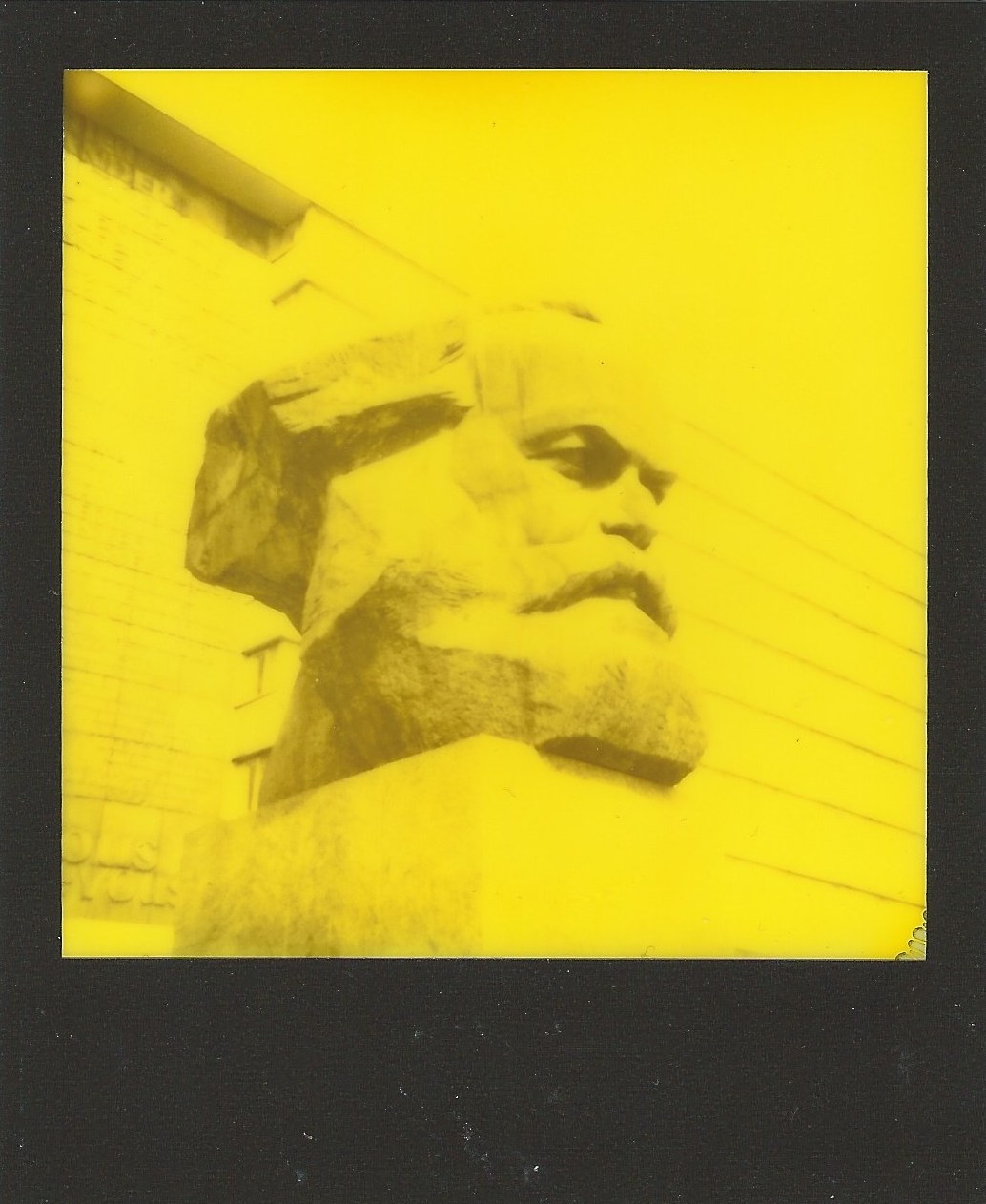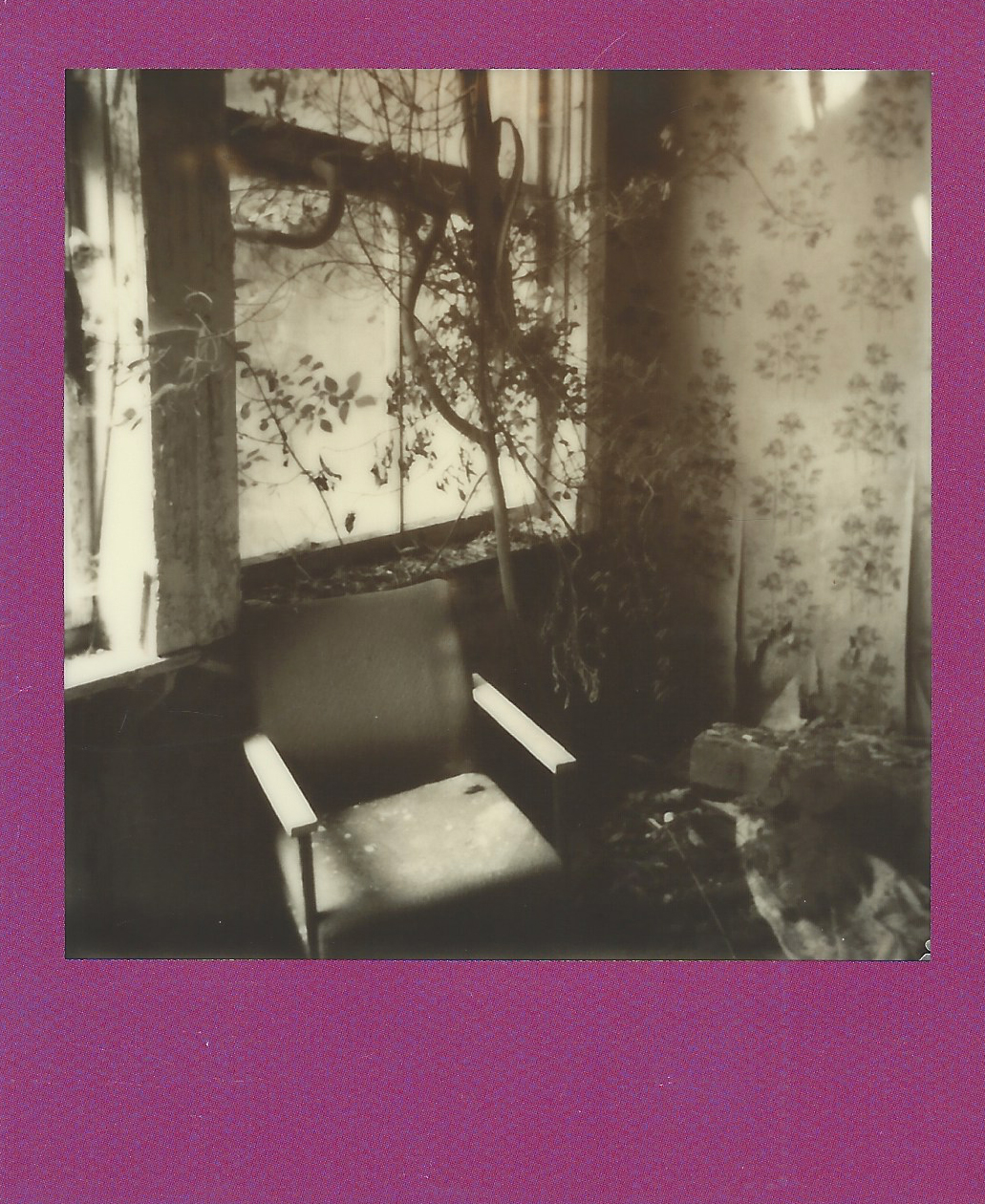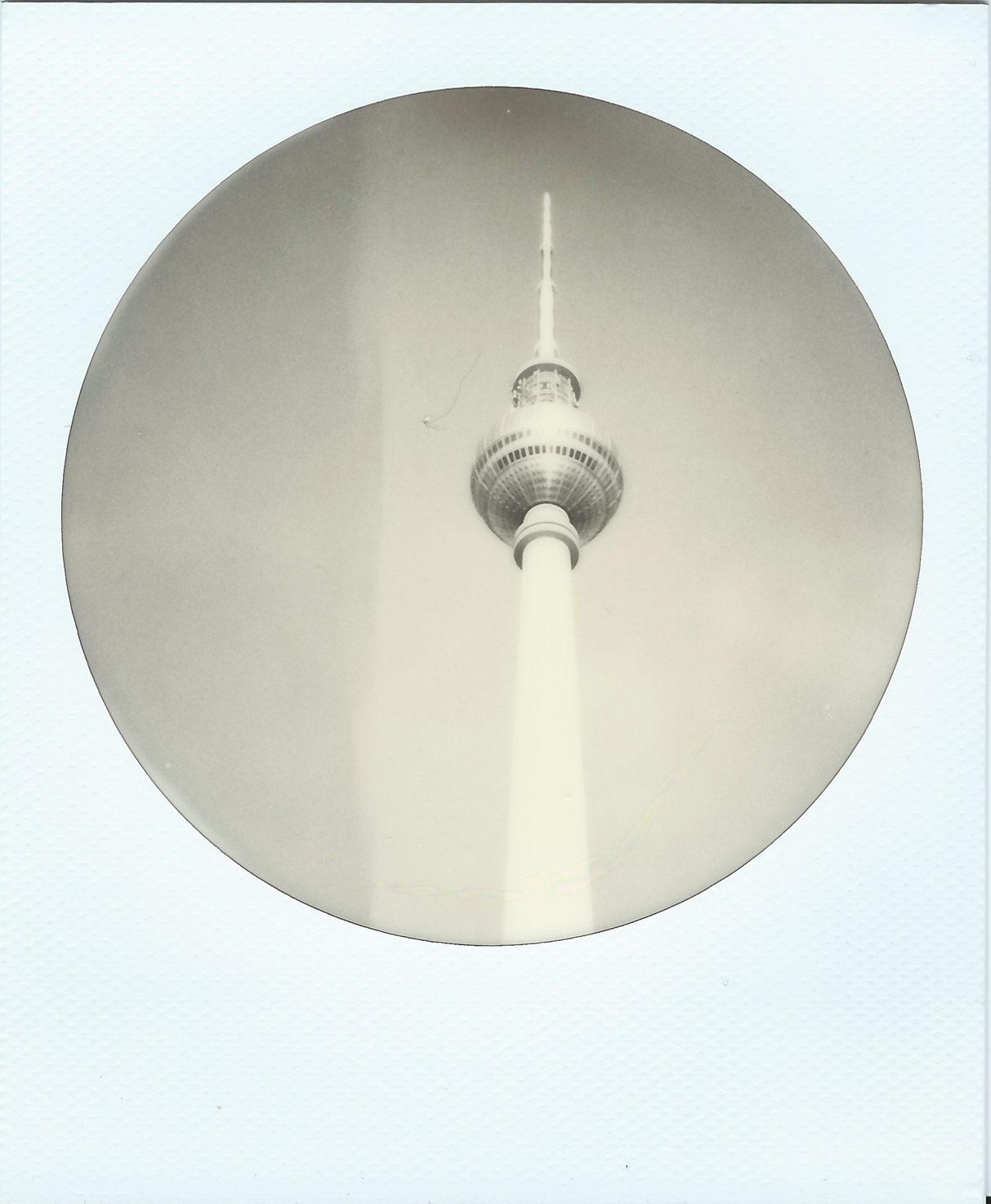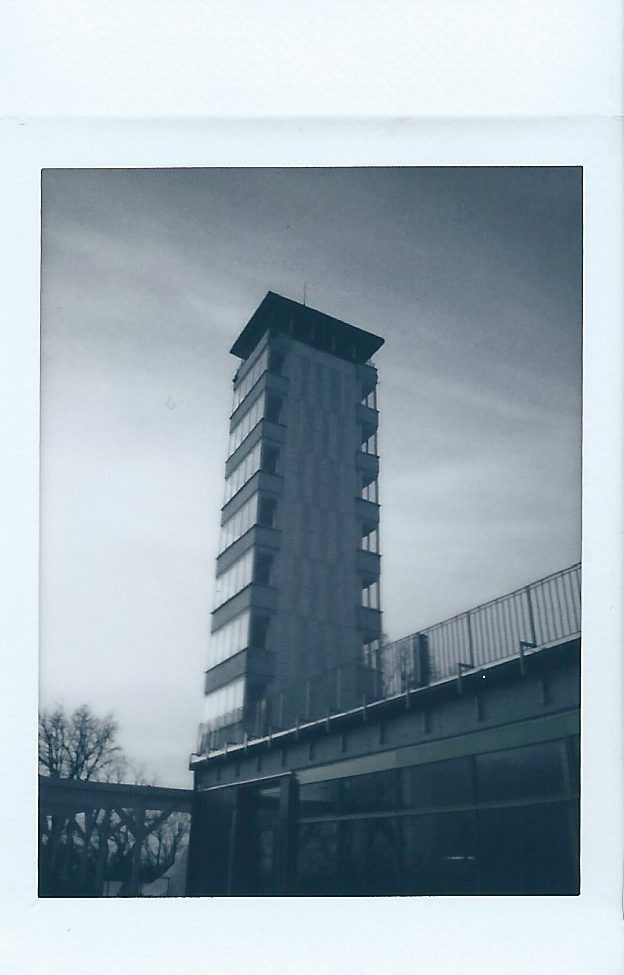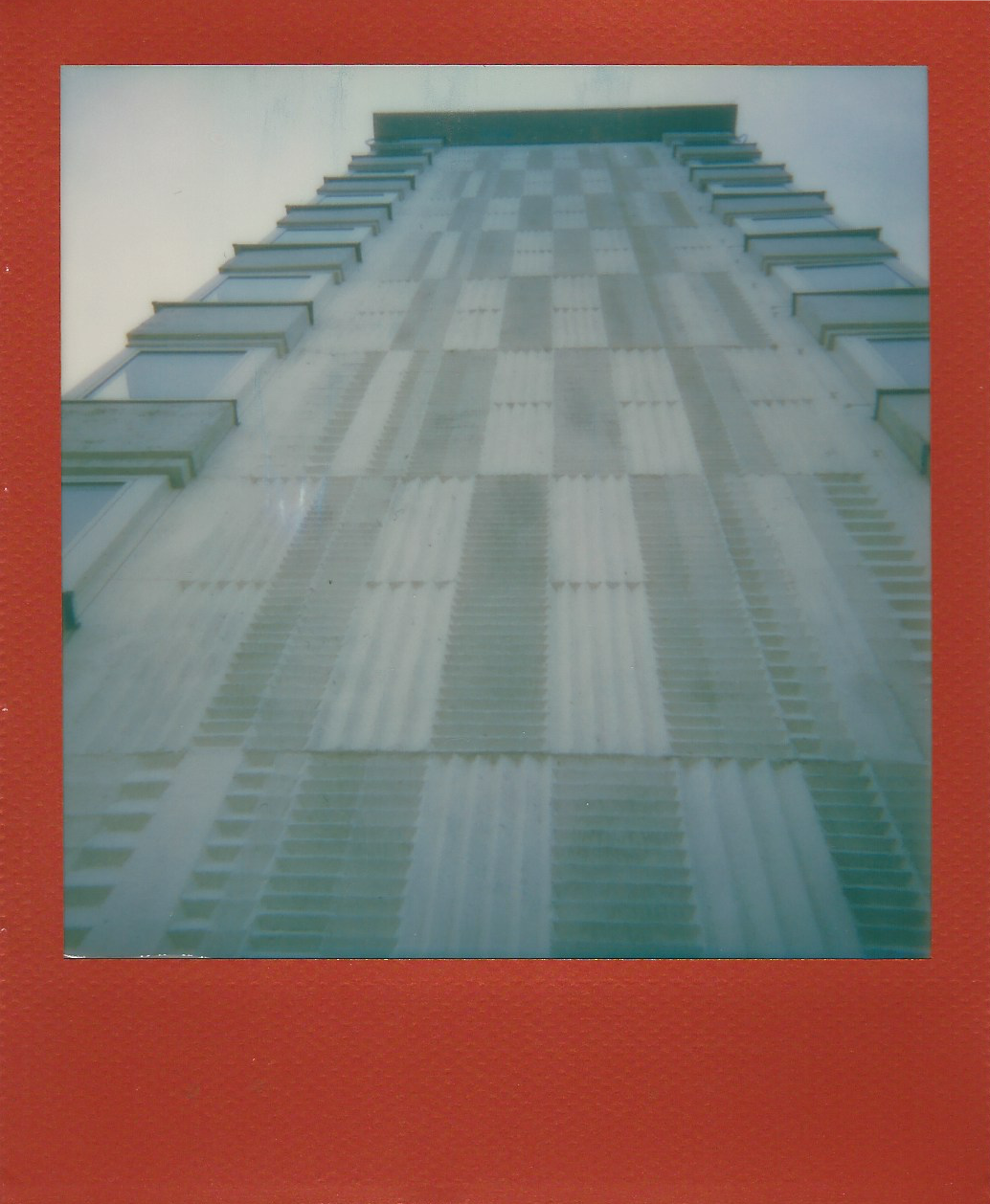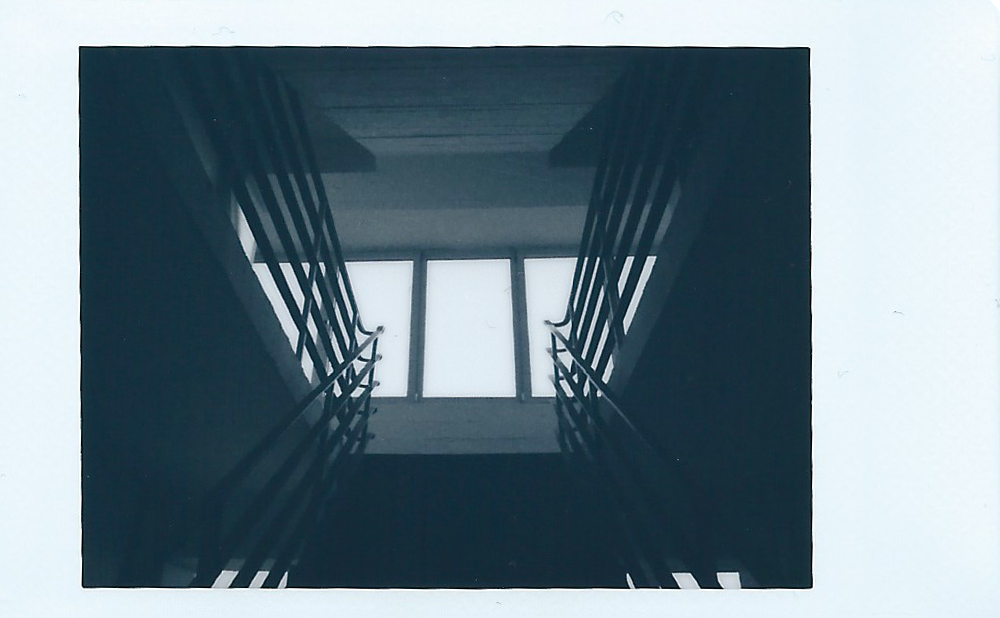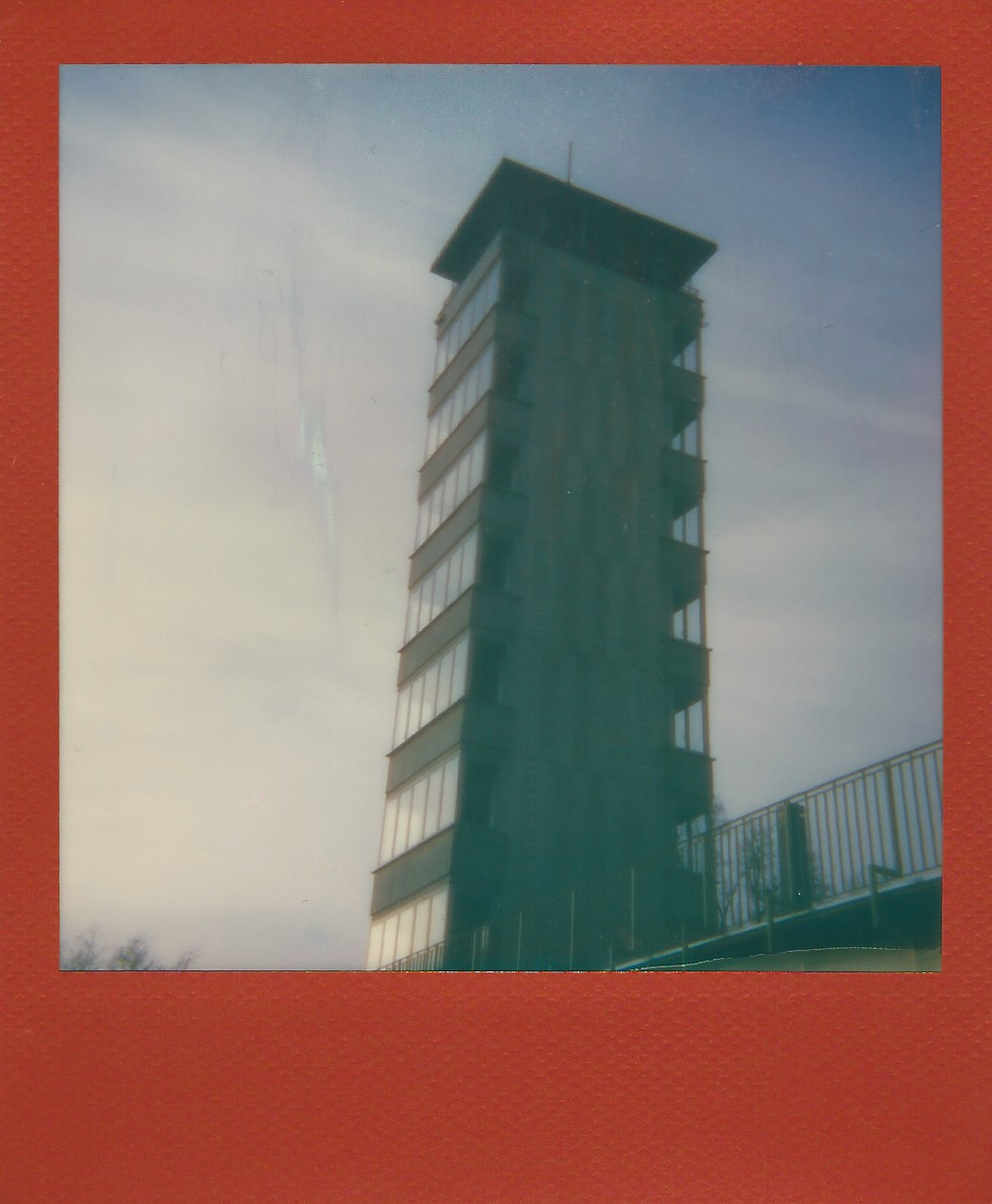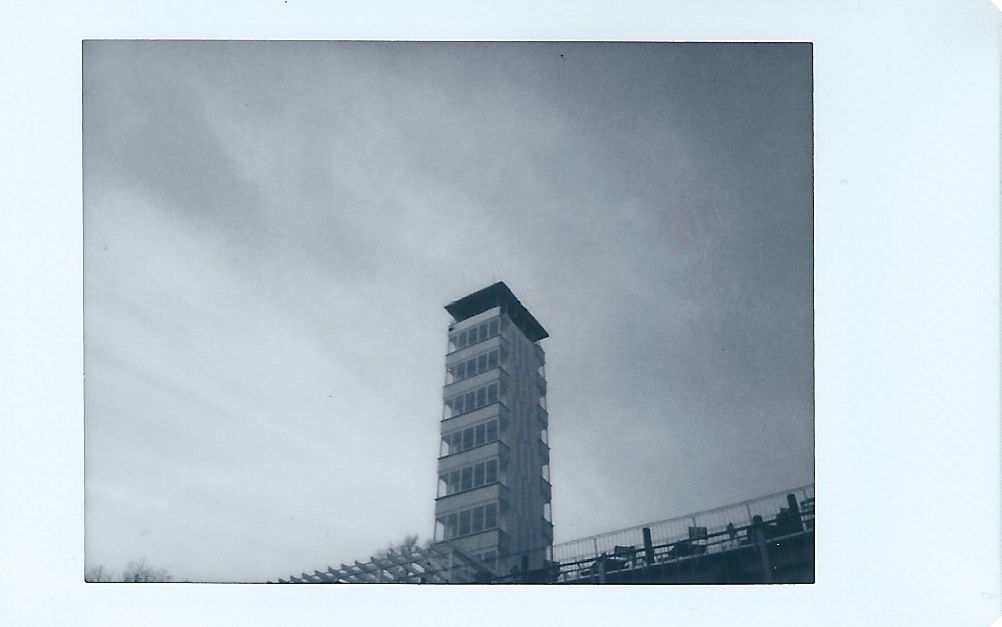Karl Marx Monument – Chemnitz, Germany
Second-largest bust in the world after the gigantic Lenin in Ulan-Ude, the Karl-Marx Monument is the most famous landmark of Chemnitz, a large city in former GDR.
Nicknamed “Nischel” (Upper Saxon German for head), the monument was commissioned to Soviet sculptor Lev Kerbel to honour the 1953 renaming of the city to Karl-Marx-Stadt.
The giant bronze head, 7,1 meters tall and around 40 tonnes heavy, was inaugurated on 9 October 1971.
After German reunification (and the subsequent return to the city’s previous name) demolition and sale were proposed but the monument in the end remained in its place.
